Deployment Time Explained
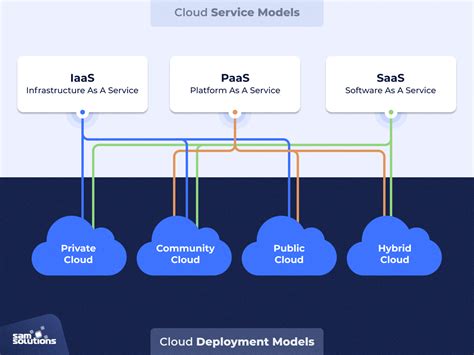
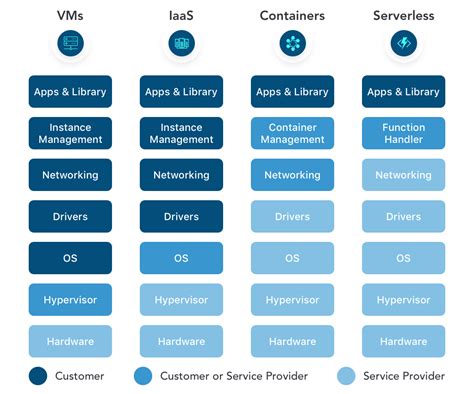
Introduction to Deployment Time
In the realm of software development and deployment, time is a critical factor that determines the success of a project. One key aspect of this is deployment time, which refers to the duration it takes to make a software application or update available to the end-users. This period encompasses a range of activities, from the initial preparation of the deployment package to the final verification of the system’s functionality after deployment. Understanding and optimizing deployment time is essential for minimizing downtime, ensuring a smooth user experience, and maintaining a competitive edge in the market.
Factors Influencing Deployment Time
Several factors can significantly influence deployment time, including: - Size and Complexity of the Application: Larger and more complex applications naturally require more time to deploy due to the sheer volume of code, configurations, and dependencies that need to be managed. - Deployment Strategy: The chosen deployment strategy, whether it be rolling updates, blue-green deployments, or canary releases, can greatly affect how quickly and safely changes are introduced to the production environment. - Automated vs. Manual Processes: The degree of automation in the deployment pipeline plays a crucial role. Automated processes can significantly reduce deployment time by minimizing human error and speeding up repetitive tasks. - Infrastructure and Resources: The availability and scalability of infrastructure resources, such as servers, databases, and network bandwidth, can impact how quickly deployments can be executed. - Team Experience and Coordination: The experience of the development and operations teams, along with their ability to coordinate and communicate effectively, is vital for efficient deployments.
Optimizing Deployment Time
To optimize deployment time, several strategies can be employed: - Continuous Integration and Continuous Deployment (CI/CD): Implementing a CI/CD pipeline automates the build, test, and deployment of code changes, enabling faster and more reliable deployments. - Microservices Architecture: Breaking down monolithic applications into smaller microservices allows for the independent deployment of services, reducing the overall deployment time and risk. - Automation of Deployment Scripts: Automating deployment scripts minimizes the chance of human error and speeds up the deployment process. - Monitoring and Feedback: Implementing comprehensive monitoring and feedback mechanisms helps in quickly identifying and resolving deployment issues, thereby reducing downtime.
Benefits of Reduced Deployment Time
Reducing deployment time offers several benefits, including: - Improved Competitiveness: Faster deployment enables businesses to quickly respond to market changes and customer needs, maintaining a competitive edge. - Enhanced Customer Experience: Minimizing downtime and ensuring that updates are deployed swiftly results in a better experience for end-users. - Increased Efficiency: Faster deployments mean that development teams can focus on new features and improvements rather than being bogged down by lengthy deployment processes. - Reduced Risk: Quick and reliable deployments reduce the risk associated with changes to the production environment, as issues can be identified and reverted faster.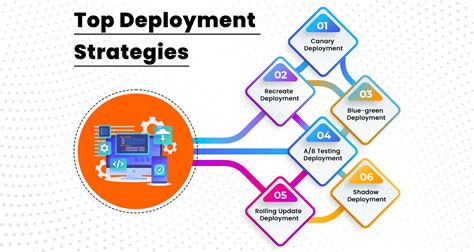
Challenges in Reducing Deployment Time
Despite the benefits, reducing deployment time can come with its own set of challenges: - Complexity of Existing Systems: Legacy systems can be particularly challenging to deploy quickly due to their complexity and the fear of introducing errors. - Cultural and Organizational Barriers: Adopting new practices and technologies, such as CI/CD, may require significant cultural and organizational changes. - Security and Compliance: Ensuring that rapid deployments do not compromise security or compliance with regulatory requirements is a significant challenge.💡 Note: Balancing speed with security and reliability is crucial. Implementing automated testing and validation can help ensure deployments are both fast and safe.
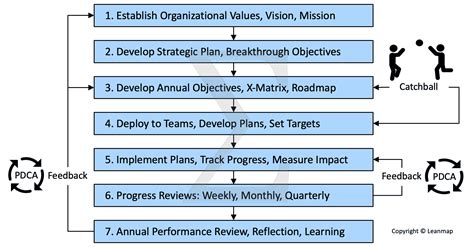
Conclusion Without a Heading
In summary, deployment time is a critical aspect of software development that directly impacts the efficiency, competitiveness, and customer satisfaction of a business. By understanding the factors that influence deployment time and implementing strategies to optimize it, such as adopting CI/CD pipelines and automating deployment processes, businesses can significantly improve their ability to respond to changing market conditions and customer needs. However, this must be balanced with the need for security, reliability, and compliance, underscoring the importance of a thoughtful and multi-faceted approach to deployment time optimization.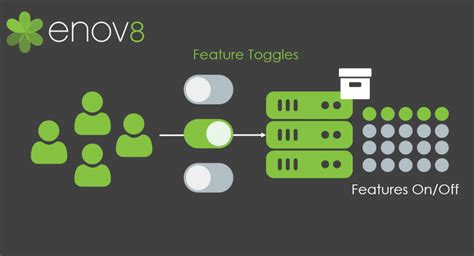
What is deployment time in software development?
+Deployment time refers to the duration it takes to make a software application or update available to the end-users, encompassing preparation, deployment, and verification activities.
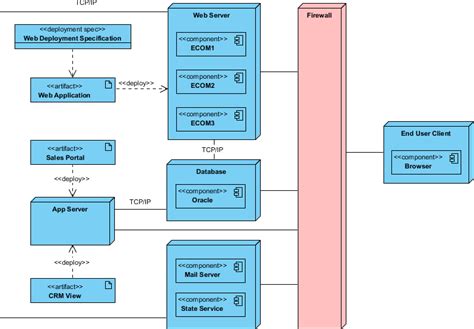
How can deployment time be optimized?
+Deployment time can be optimized through strategies such as implementing CI/CD pipelines, adopting microservices architecture, automating deployment scripts, and enhancing monitoring and feedback mechanisms.
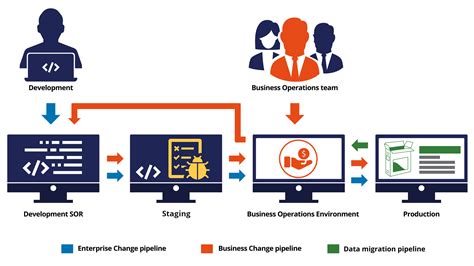
What are the benefits of reducing deployment time?
+Reducing deployment time improves competitiveness, enhances customer experience, increases efficiency, and reduces risk, allowing businesses to quickly respond to market changes and customer needs.



